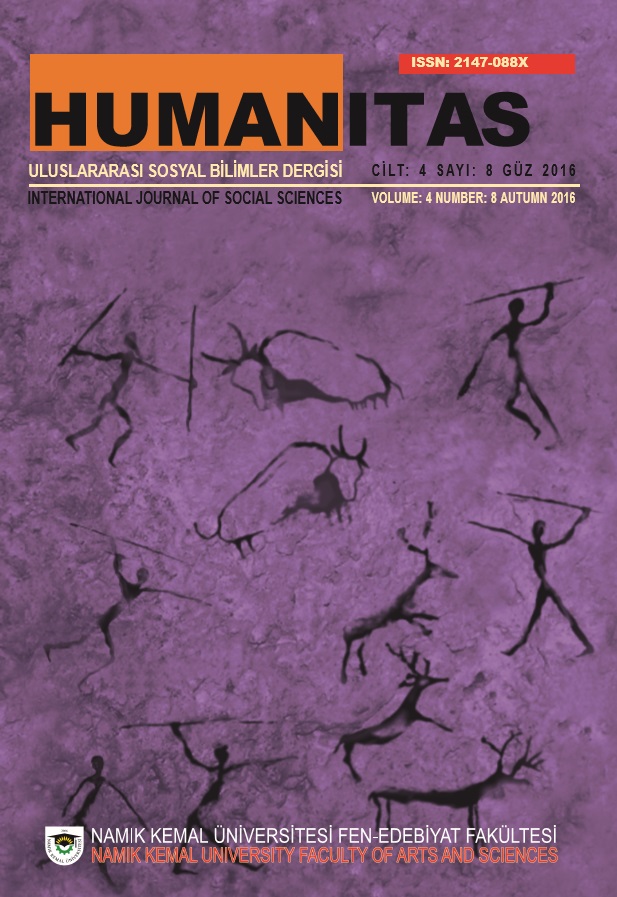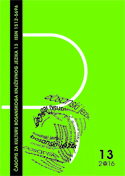
METİNDİLBİLİMSEL BİR ÇÖZÜMLEME: 12 EYLÜL 1980 DARBE BİLDİRİSİ
Military coups (coup d’état) have an important position in Turkish political history. Many military coups or coup attempts have been made from the proclamation of the republic until today and each government or candidate for government has created written texts or oral texts so as to explain their objectives i.e. why they are devoted. Those political texts offer an important resource for researches in all fields. Military coup texts are not randomly prepared ones; rather, they are generated with a rational and logical reasoning. The prepared texts require appropriate editing according to the target audience and conditions of those specific periods for they reach to a large number of people via mass media. Thus, approval of the target audience is taken into consideration. Political texts as well as other texts have its characteristic features and they are influenced by the periods in which they are created. Therefore, the aim of this study is to reveal how text creators form declaration texts using the linguistics tools. Accordingly, text of the 12 September 1980 military coup speech delivered by Kenan Evren will be analysed based on the textlinguistics methods. Knowledge on the text, textlinguistics and corpus will be given, and then a textual analysis will be made. It is aimed to show how the text in question was arranged for the reader at that time by means of considering conditions for the text production. Sentence connections constituting intratextual meaning will be examined. How the text in question was constituted and how the constituted textual structures were associated with the function of the text will be determined and revealed. Therefore, what the text aimed to tell will be much easily conveyed by means of the parts constituting the whole text.
More...
